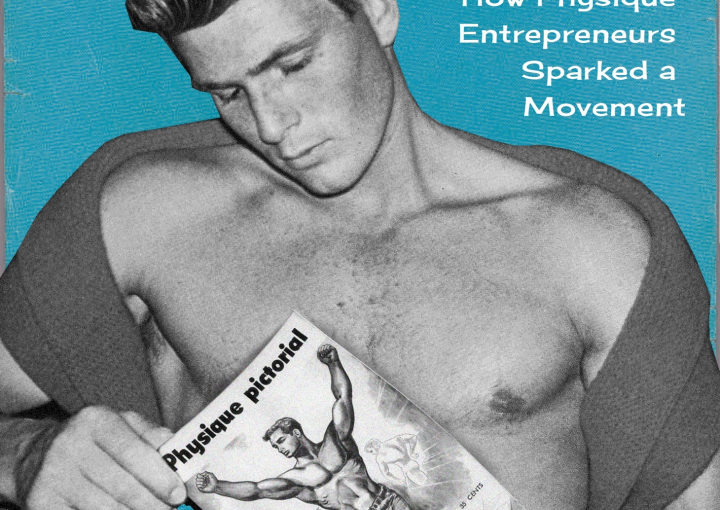+ info: epints.rclis.org (Julio Díaz, 2017)
La Bibliotecología y Ciencia de la Información (en adelante B/CI), es la ciencia que estudia el registro y flujo del conocimiento y de la información; así como la circulación social de los medios que la contienen (ej: revistas), para hacer posible su uso y organización de la literatura científica, desde diferentes enfoques. El tema de las bibliotecas en relación con la dimensión democrática y la conformación de ciudadanía, es fundamental en la labor que llevan a cabo las bibliotecas públicas, pues en dichos abordajes se observa el tema desde la institución bibliotecaria, la necesidad de la formación de ciudadanos para ejercer una ciudadanía activa/consciente y la relación del sujeto con el Estado, a través de la Información y el Conocimiento, en el resguardo de las diferentes tipos de objetos de memorias sociales (impresas, electrónicas y virtuales). La historia de las revistas populares, como una forma de memoria social, se han destacado desde las primeras Erbauliche Monaths-Unterredungen, aparecida entre los 1663 y 1668, Le Mercure Galant, de 1672, The Tatler de 1709 a 1711, entre otras. En Argentina revistas como El Mosquito de 1863, Don Quijote, de 1884 hasta 1905, Caras y Caretas, que se publicó entre 1898 y 1941, Martín Fierro de 1904 han marcado su propia historia. A través del tiempo, las revistas se fueron consolidando como sistema de comunicación, comunitaria y científica especializada, y también como memoria social. En la actualidad constituye uno de los medios, en sus diferentes soportes, más consultado por diferentes tipos de usuarios. Este trabajo propone cuestionar la falta de memoria social, de las revistas argentinas impresas de temática GLTTIBQ.




